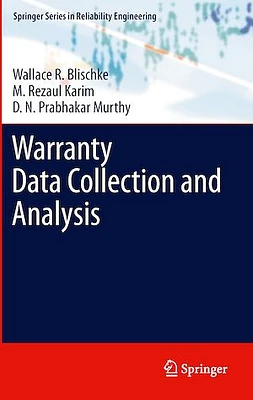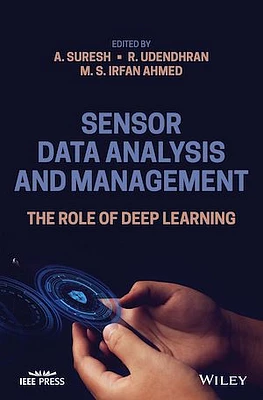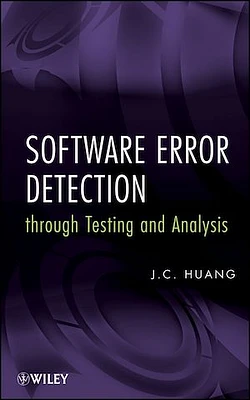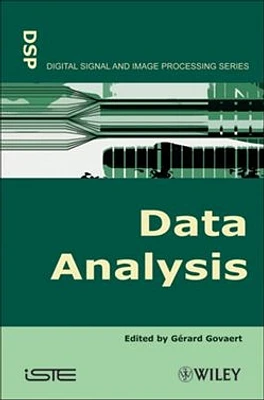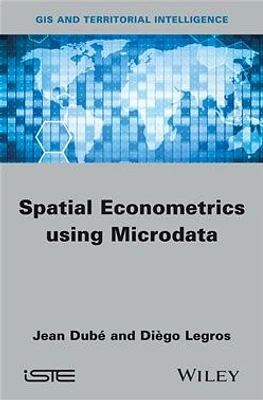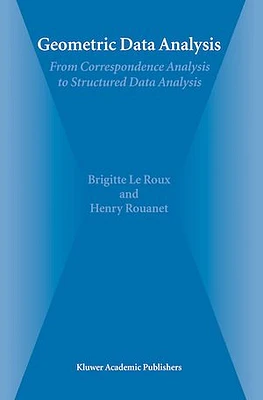Accueil
Radar Interferometry. Data Interpretation and Error Analysis

LIBRAIRIE CARCAJOU
Radar Interferometry. Data Interpretation and Error Analysis
De Librairie Carcajou
This volume is devoted to satellite radar interferometry (InSAR), a relatively new remote sensing technique used for geodetic applications such as topographic mapping and for high-accuracy monitoring of deformation of the Earth's crust. It offers a geodetic perspective of the technique, using a functional and a stochastic model to describe the relation between the observations and parameters and to discuss issues such as accuracy, robustness, and error propagation. It explains both theory and applications and provides a resource for future studies in the field. Radar Interferometry presents a geodetic technique, complementary to GPS, laser altimetry, photogrammetry, and leveling and comments on its pros and cons for various applications. It features the technique of radar interferometry meteorology, a new application in the field of atmospheric studies. Fine-resolution mapping of the atmospheric water vapor distribution offers new insights for meteorologists.
Audience: Radar Interferometry: Data Interpretation and Error Analysis is designed for researchers and professionals in geodesy, geophysics, and meteorology that can benefit from the use of remote sensing using interferometric radar.






